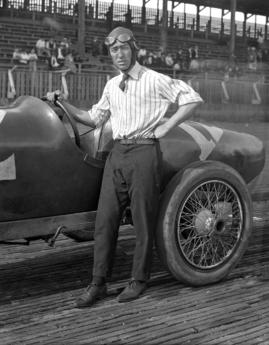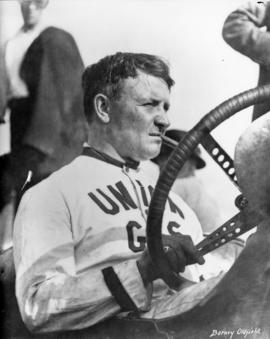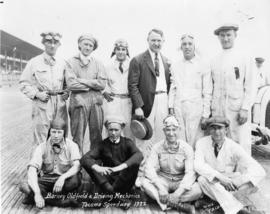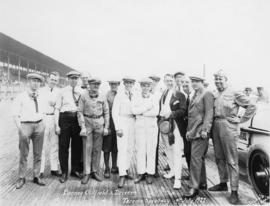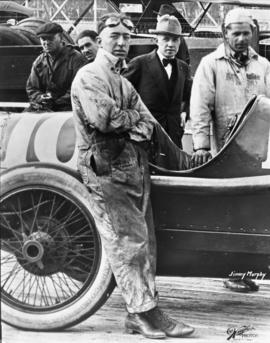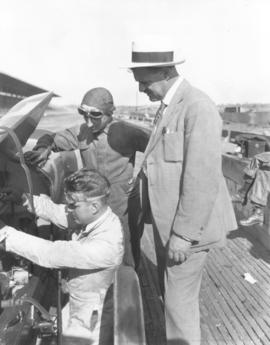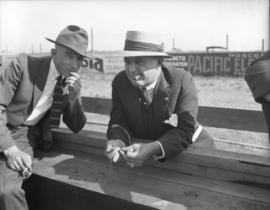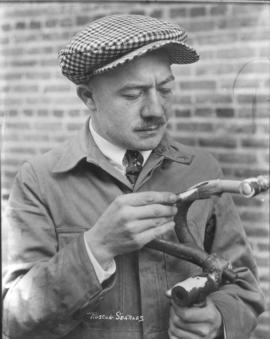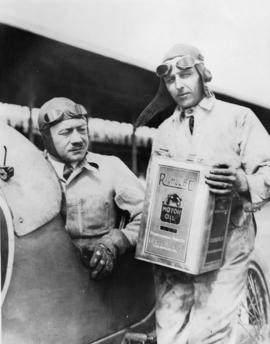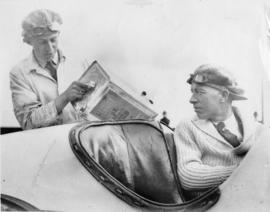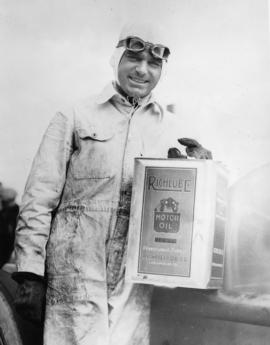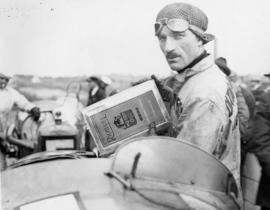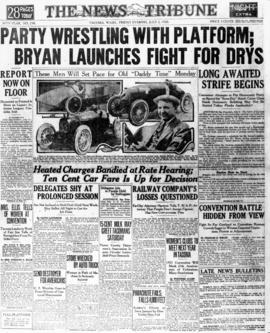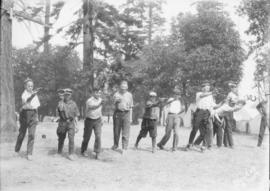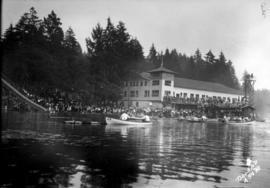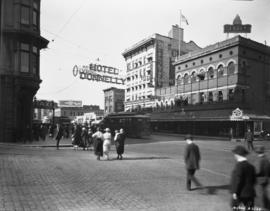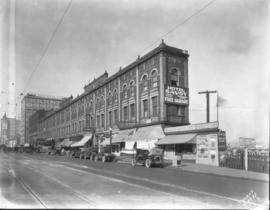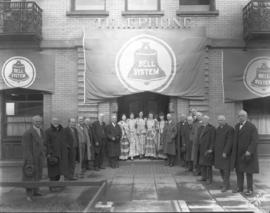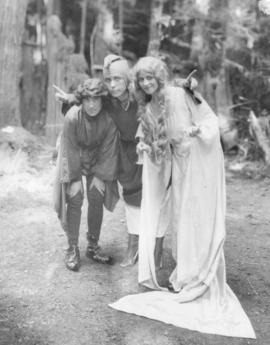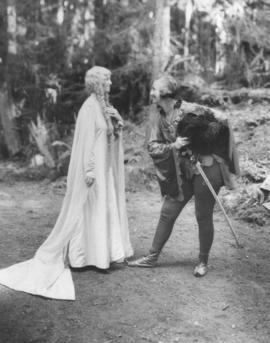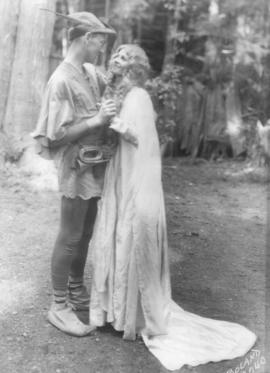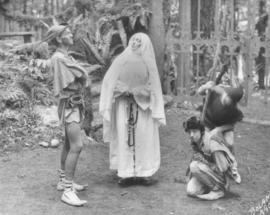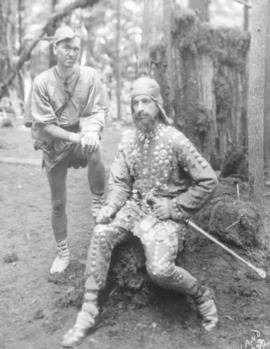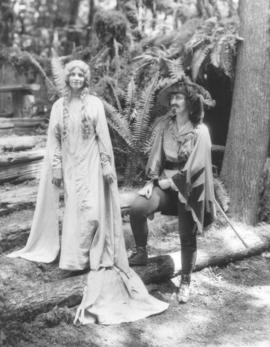- Item
- 1920
Part of Marvin Boland Photographs
ca. 1920. Racing sensation Jimmy Murphy poses next to his Duesenberg race car #12 at the Tacoma Speedway, circa 1920. Murphy has been named the driver of the decade for Championship cars, 1920-1929, claiming 19 victories from 1920-24. He went to work for Duesenberg as a mechanic on his 21st birthday in 1916. He burst on the racing world as a driver in 1920, winning his very first major race in Beverly Hills, Ca. He is most famous for his 1922 Indy 500 win and for being the first American to win the French Grand Prix, in 1921. Jimmy Murphy was a familiar face in Tacoma, racing at the Classic in 1920, where he finished sixth and 1922, which he won. He was killed in a crash at the Syracuse, N.Y., racetrack in September of 1924. Speedway-044 (TDL 7/2/1922, pg. C-1, C-6)
Racing automobiles--1920-1930; Duesenberg automobile; Tacoma Speedway (Lakewood); Racetracks--Lakewood--1920-1930; Automobile racing--Lakewood--1920-1930; Murphy, Jimmy; Automobile racing drivers;
